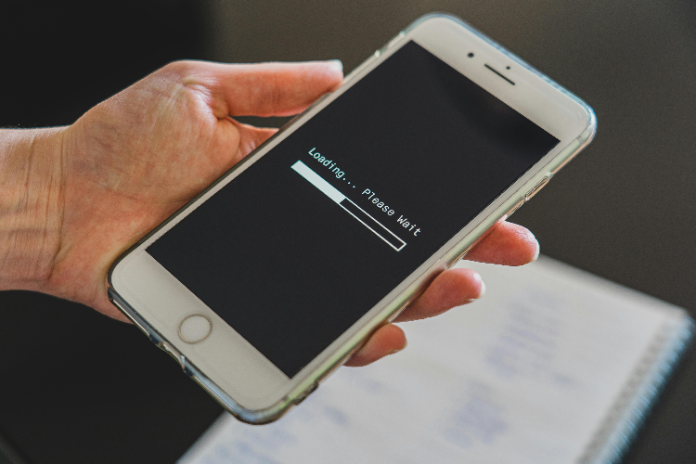- There’s nothing more annoying than a slow or absent connection
- Don't panic - it’s probably an easy fix
- Learn why you can’t connect

Are you tired of waiting for webpages to load at a snail's pace or getting disconnected from your online gaming session right in the heat of battle? We've all been there. The frustration of dealing with a broadband connection that just won't cooperate can be maddening.
Most people look to blame their devices at first when they find their Internet not working. However, the focus should be on the service you are paying for rather than your computer or device.
Fortunately, most broadband technologies have reached a point where fixing issues is usually straightforward, even if you have to do it frequently. So, let’s look at how you can do it:
Check if there’s an outage
If your NBN internet is down, first check if it's a widespread issue or just affecting you. Use the NBN Co outage checker or your telco's network status page. Disconnect your phone from home Wi-Fi and use mobile data to access the status page.
Popular telcos with network status pages include:
Check your telco's social media pages for updates, as network status pages might not be immediately updated. Down Detector is another option, although it's not always accurate. If there's a widespread outage, you'll have to wait until it's resolved to get back online.
Turn it off and on again
It’s an old school method, but it's at the top of the list for a good reason. It's a good idea to reset your devices when troubleshooting, as it's often the first step recommended by experts. If you're unsure about what needs resetting, the simplest solution is to reset everything.
This involves restarting your PC, unplugging and reconnecting your modem, and in the case of tablets, turning off the device, removing and reinserting the SIM card, and then turning it back on.
Resetting is effective because it allows the hardware to start fresh and resolve any errors it may have encountered. As technology advances, devices become smaller, faster, and cheaper, but this can also lead to overheating and issues with less expensive components.
Investing in higher-quality equipment can help avoid frequent resets, as these are often made from heat-resistant materials and have software optimisations for better performance.
Isolate and investigate
You've gone through the reset and ensured everything is running smoothly, yet you're still encountering the frustrating 'Page Cannot be Displayed' message. It's time to isolate the issue and investigate why it’s happening.
Reconnect your modem and make sure all the lights are switched on properly. If it’s still not working, you may need to contact your ISP and start troubleshooting.
Don’t blame yourself
Did you know that the problem may not be your wiring or your modem? It may not even be your devices, or the way the trees sit in your front yard.
Your ISP will conduct tests from its end to gauge a specific signal's timing and measurement from the line to your home and back to its network connection point. Some of the possible issues with the ISP can include:
Widespread network issues
While uncommon, it's usually reported first by heavy Internet users. If there's no mention of a network-wide issue while you're on hold, this is unlikely. The upside is that such issues are promptly addressed since ISPs lose money when its network fails.
Change your provider
In its Measuring Broadband Australia reports, the ACCC monitors and records outages lasting over 30 seconds for 11 providers. On NBN plans, the average daily outage rate was 0.36 outages per day.
The ACCC noted that 94% of households experienced less than one outage a day. Moreover, 61% of these outages lasted less than three minutes, indicating they were less likely to significantly impact most users.
Should you find that the problem is that your Internet plan is too slow, you could look at changing plans or even changing providers.
There’s not too many things that can go wrong with a broadband connection, but to the uninitiated it seems like an insurmountable problem. The most important thing is to keep calm and patiently go through the troubleshooting.
If you need help finding a new broadband connection, call us today on 1800 061 200.


